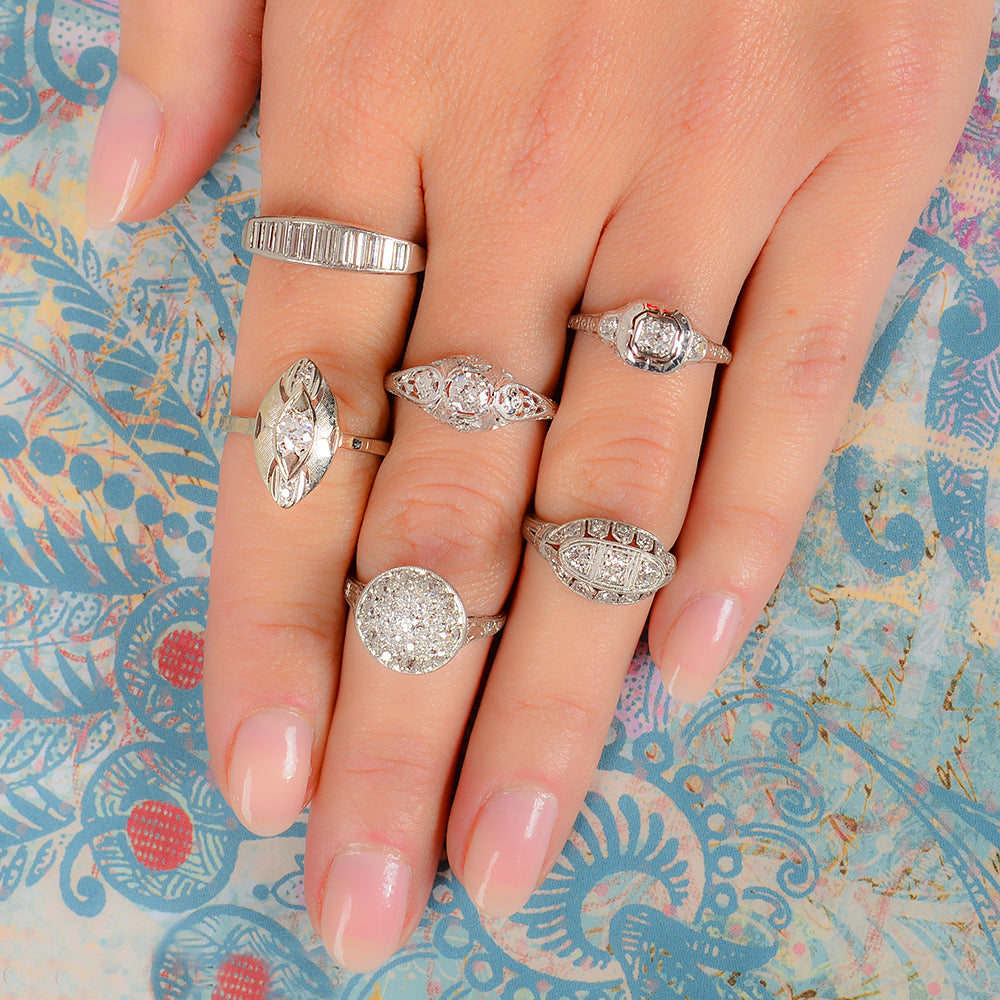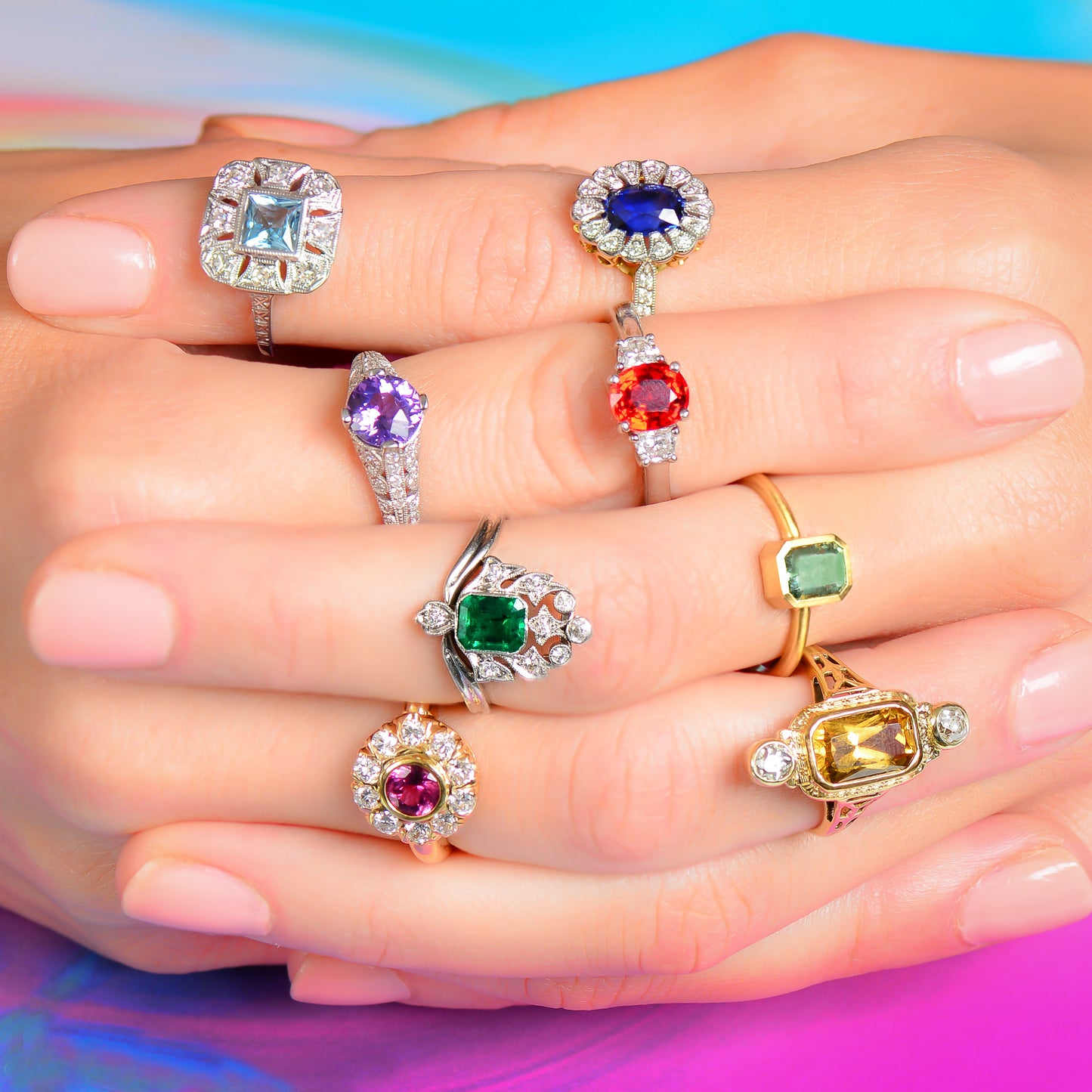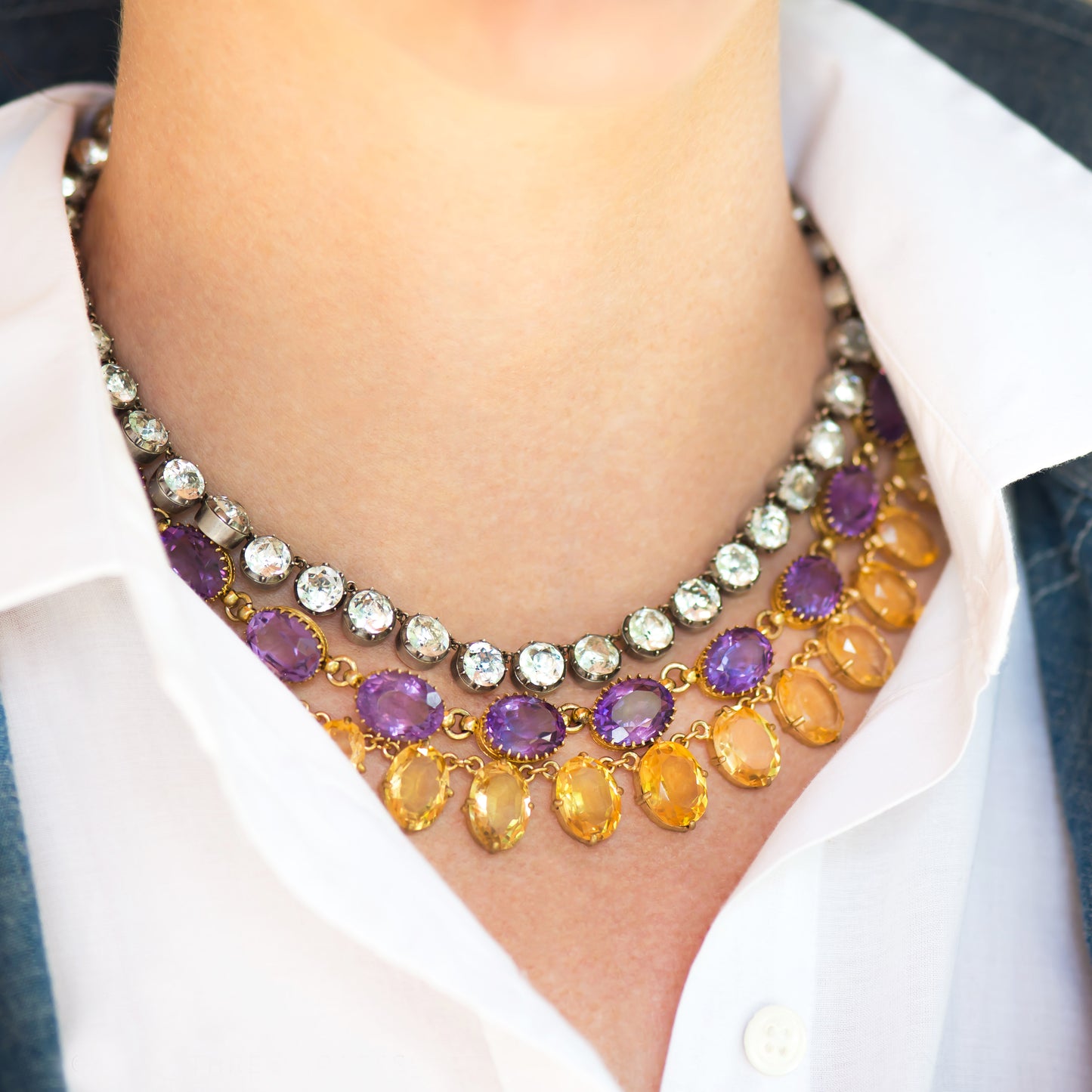
18th Century Langlois Sterling Silver Miniature Sundial
SOLD OUT
An exceptional Claude Langlois signed sterling silver sundial and compass dates to the earlier part of the 18th century.
Entirely handmade and hand engraved, the top has a fold-up and down silver gnomon with a bird motif. It is engraved back slides up and down to adjust the numbered angles. A glass-covered working and accurate compass rests at the bottom.
Artistically and exquisitely hand engraved, the top surfaces are covered with Roman numbers, Arabic numbers, and designs. To the reverse, numerous French cities and towns list their corresponding latitudes.
Often this type of sundial is referred to as a Butterfield type, named for an English contemporary of Langlois (Michael Butterfield). While better known, Langlois's instruments are considered finer for precision and in their workmanship.
Only a few of the wealthiest could afford such a rare instrument, particularly of silver. A French duty mark is evident on the underside.
This evokes the connection between the heavens and the earth, time and place, and our human connection to the cosmos.
Historical Notes: Claude Langlois is renowned as one of the finest instrument makers in Europe during the early to mid 18th century. Born in France, he lived from about 1700 to 1756. Not a great deal is known of his life, but around 1740, he was appointed the "ingénieur en instruments de mathématiques" at the French Académie des Sciences.
So coveted for his expertise, he became the official instrument maker for various French astronomers including the Abbé de Lacaille, Cassini II, and Cassini de Thury.
The Pairs Observatory utilized his expertise in a number of major commissions and contracts. These included large wall quadrants, for the measurement of angles of the sun up to 90 degrees.
Thanks to Wikipedia, and Encyclopedia.com for information on Langlois.
FREE WORLDWIDE!
Lightning Fast
Most purchases ship the same day if purchased by noon Eastern.
Shipping occurs M-F and arrives M-Fri or Sat by USPS.
Shipments are anonymous for surprises and gift-giving.
DOMESTIC METHODS



FREE 2-3 DAY via UPS, FedEx, or USPS.
- A physical address and phone number are required.
- IMPORTANT: A signature is required for insurance
- If missed, redelivery occurs the following day.
HOLD OPTIONS
Hold at FedEx hold locations. A photo ID of the addressee is required.
USPS hold at your local post office.
UPGRADED OPTIONS CHARGES
2 Day morning delivery. Usually by 10:30 am. $35—to major areas
Overnight—$35
Priority Overnight Usually by 10:30 am—$45
Saturday Delivery—$50
INSURANCE
GRATIS! Every package is fully insured by a specialized jewelry insurance carrier. You receive a full refund right away if lost, damaged, or stolen. Contact us immediately! Remember, after shipping thousands of packages a year since 2002, problems are very rare.
HOW IS MY JEWELRY BOXED?
A lovely hand-made Italian gift box with a fabric ribbon is provided. Please refer to this page for photographs and more information.
FREE RETURN SHIPPING
If for any reason you are not happy with your purchase, even returns are free from anywhere within the US. Visit the Returns section for details. Our apologies, but due to customs forms and regulations, international buyers pay for return shipping.
INTERNATIONAL SHIPPING


Express service fee is $75, fully insured via UPS or FedEx, 2-7 day service.*
Contact us to receive an estimate for any taxes, duties, or fees.
*Custom's clearance times vary.
FREE WORLDWIDE!
Lightning Fast
Most purchases ship the same day if purchased by noon Eastern.
Shipping occurs M-F and arrives M-Fri or Sat by USPS.
Shipments are anonymous for surprises and gift-giving.
DOMESTIC METHODS



FREE 2-3 DAY via UPS, FedEx, or USPS.
- A physical address and phone number are required.
- IMPORTANT: A signature is required for insurance
- If missed, redelivery occurs the following day.
HOLD OPTIONS
Hold at FedEx hold locations. A photo ID of the addressee is required.
USPS hold at your local post office.
UPGRADED OPTIONS CHARGES
2 Day morning delivery. Usually by 10:30 am. $35—to major areas
Overnight—$35
Priority Overnight Usually by 10:30 am—$45
Saturday Delivery—$50
INSURANCE
GRATIS! Every package is fully insured by a specialized jewelry insurance carrier. You receive a full refund right away if lost, damaged, or stolen. Contact us immediately! Remember, after shipping thousands of packages a year since 2002, problems are very rare.
HOW IS MY JEWELRY BOXED?
A lovely hand-made Italian gift box with a fabric ribbon is provided. Please refer to this page for photographs and more information.
FREE RETURN SHIPPING
If for any reason you are not happy with your purchase, even returns are free from anywhere within the US. Visit the Returns section for details. Our apologies, but due to customs forms and regulations, international buyers pay for return shipping.
INTERNATIONAL SHIPPING


Express service fee is $75, fully insured via UPS or FedEx, 2-7 day service.*
Contact us to receive an estimate for any taxes, duties, or fees.
*Custom's clearance times vary.
Breathtaking Engagement Rings
As distinctive as you are, every engagement and wedding ring is unique and handpicked for its aesthetics, condition, and authenticity. Filigree work, cluster or halo rings, three stones, wedding sets, diamonds or fine gemstones - you will know it when you see it.
Experience The World of The Three Graces
Trust & Honesty
Testimonials
The Three Graces adds a personal touch with absolute professionalism that makes every interaction special.
I have been buying here more than a decade. An ever-changing collection that feels curated, carefully chosen, always high quality.
It never ceases to amaze me how every lovely piece of antique jewelry is so immaculate and ageless.














